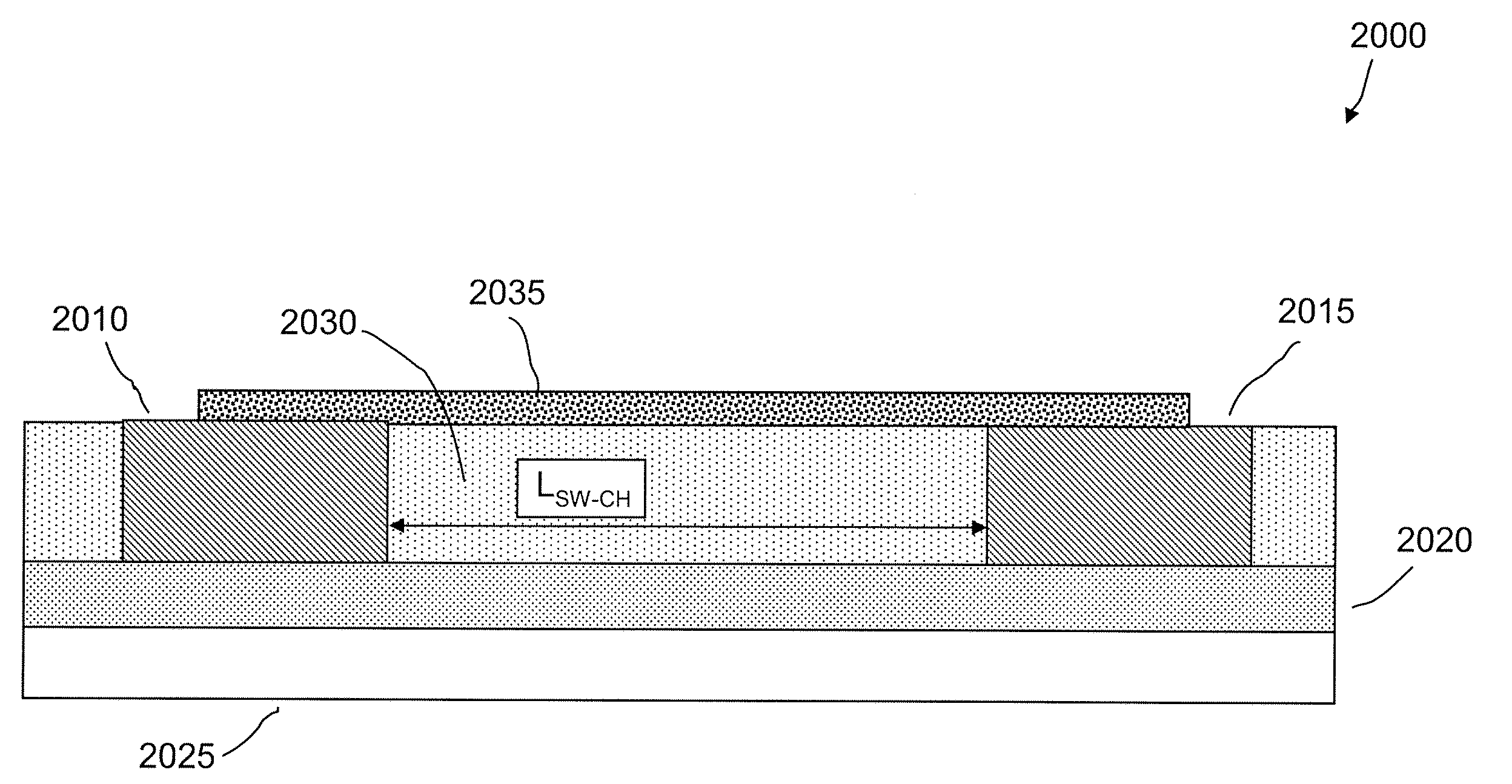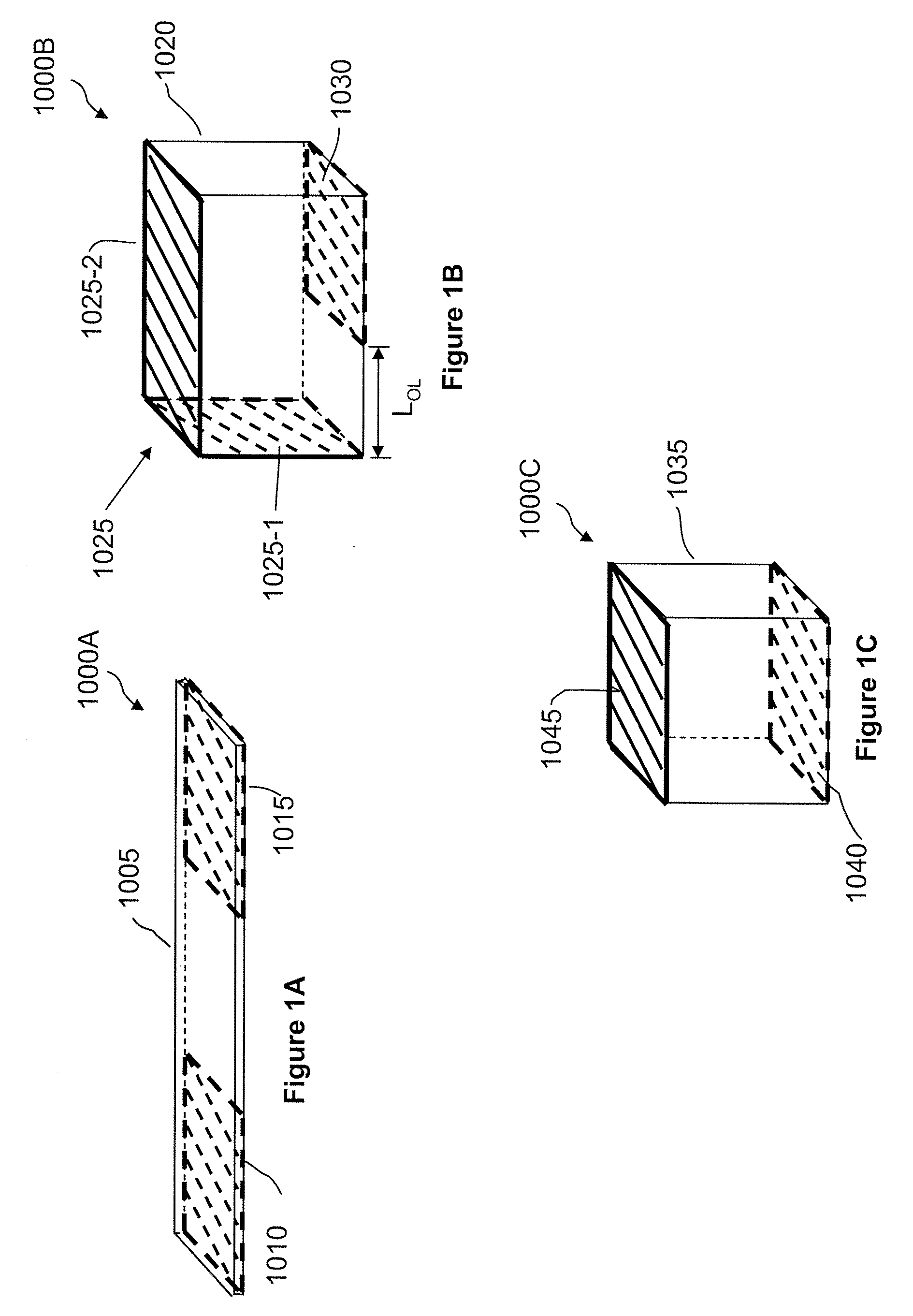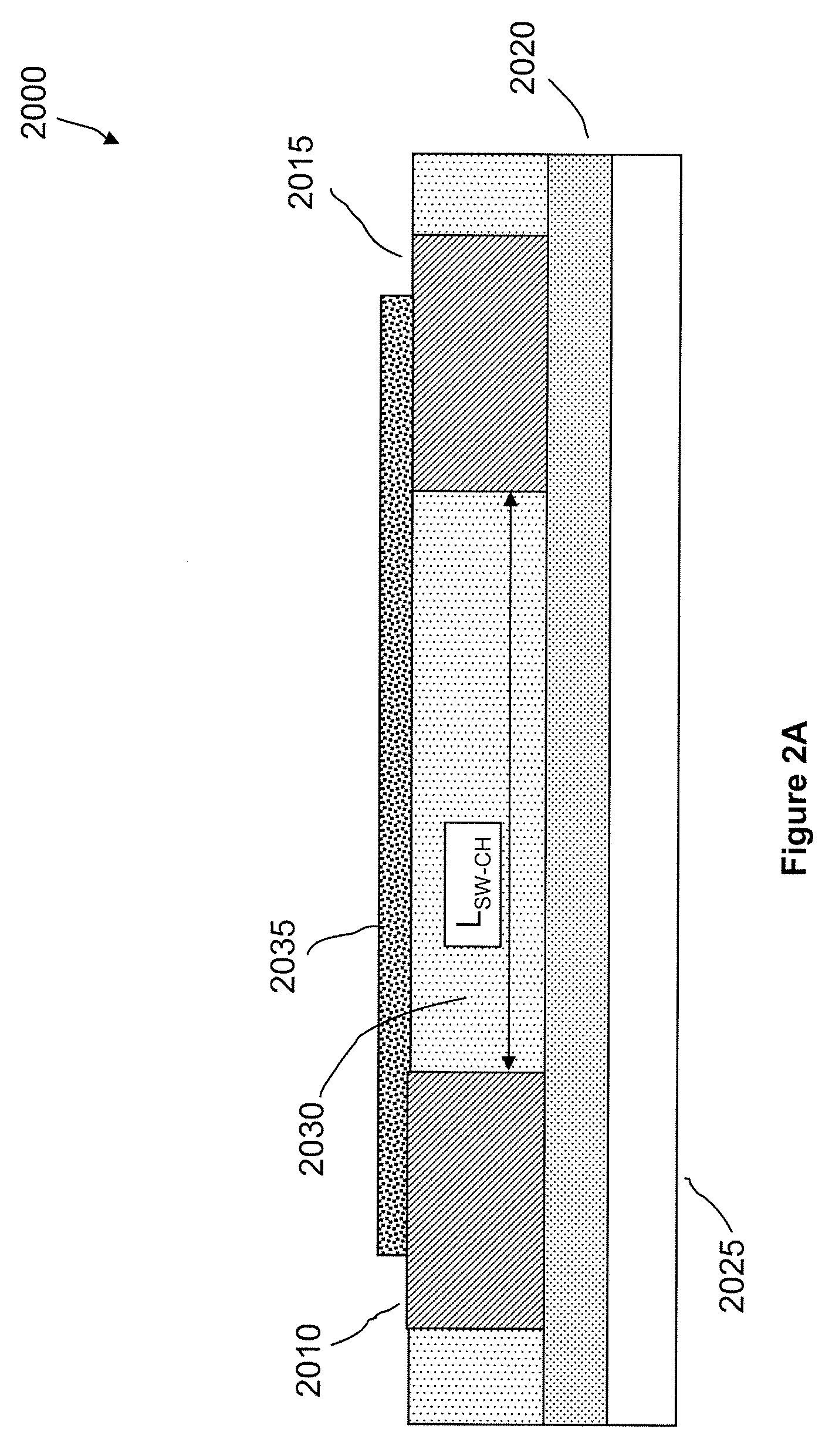Memory elements and cross point switches and arrays of same using nonvolatile nanotube blocks
a technology of nonvolatile nanotube blocks and memory elements, which is applied in the direction of digital storage, semiconductor devices, instruments, etc., can solve the problems of increasing cost and complexity of digital designs, reducing geometries quickly, and avoiding fet switching elements
- Summary
- Abstract
- Description
- Claims
- Application Information
AI Technical Summary
Benefits of technology
Problems solved by technology
Method used
Image
Examples
Embodiment Construction
[0086]Embodiments of the invention provide memory elements and crosspoint switches and arrays of same using non-volatile nanotube blocks. The memory cells and cross point switches include two-terminal nanotube switches, which include a nanotube element such as a nanotube block, in electrical communication with two terminals. The switches are capable of repeated toggling between first and second states in response to electrical stimulus at the two terminals, and thus are capable of storing a memory state or of providing a reprogrammable electrical connection. The use of nanotube “blocks,” as contrasted with relatively thin (e.g., 0.5-10 nm) nanotube films, enables the fabrication of relatively high density memory and cross point switch arrays.
[0087]Some embodiments provide 2-D cell structures and enhanced 3-D cell structures that enable dense nonvolatile memory arrays that include two terminal nonvolatile nanotube storage nodes. The nodes include 2-D nanotube switches referred to as ...
PUM
 Login to View More
Login to View More Abstract
Description
Claims
Application Information
 Login to View More
Login to View More - R&D
- Intellectual Property
- Life Sciences
- Materials
- Tech Scout
- Unparalleled Data Quality
- Higher Quality Content
- 60% Fewer Hallucinations
Browse by: Latest US Patents, China's latest patents, Technical Efficacy Thesaurus, Application Domain, Technology Topic, Popular Technical Reports.
© 2025 PatSnap. All rights reserved.Legal|Privacy policy|Modern Slavery Act Transparency Statement|Sitemap|About US| Contact US: help@patsnap.com



